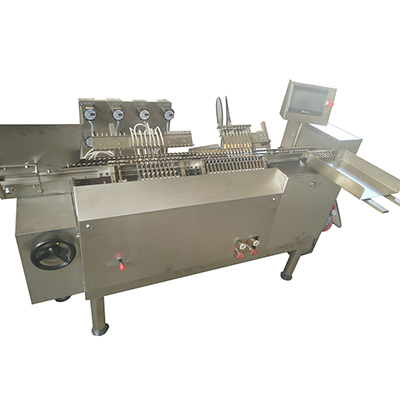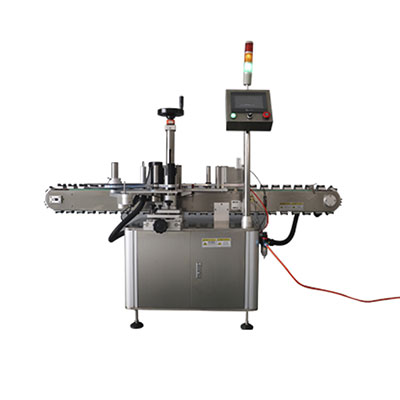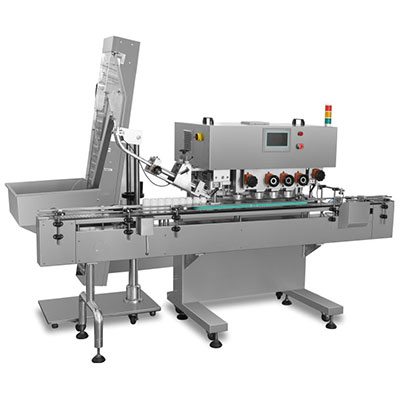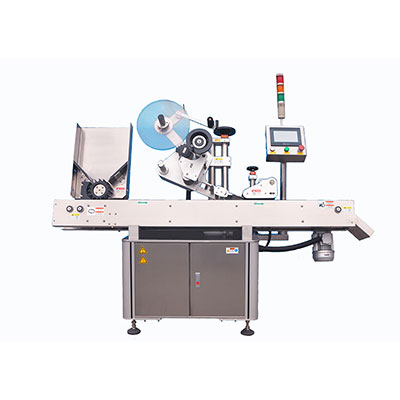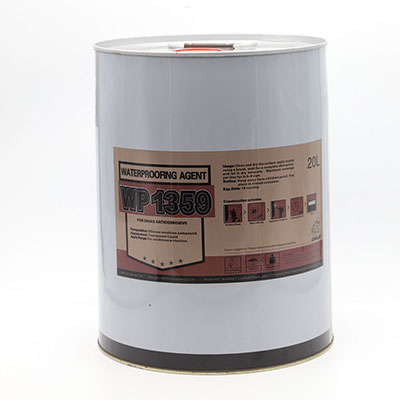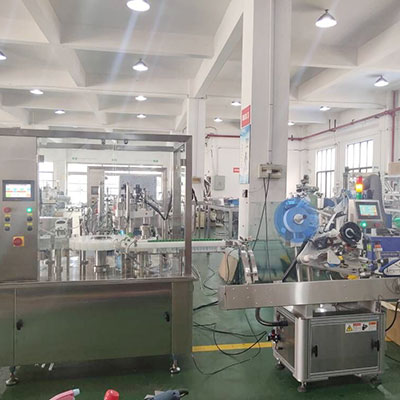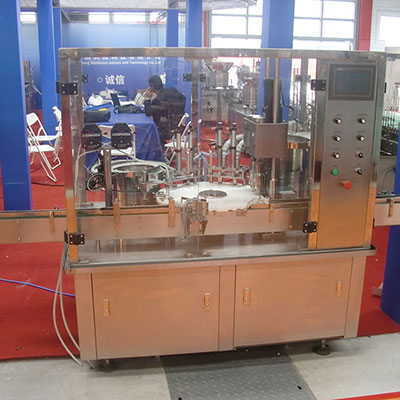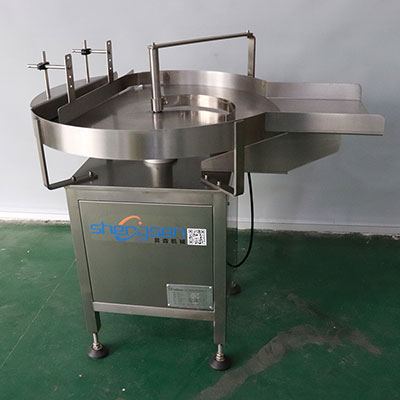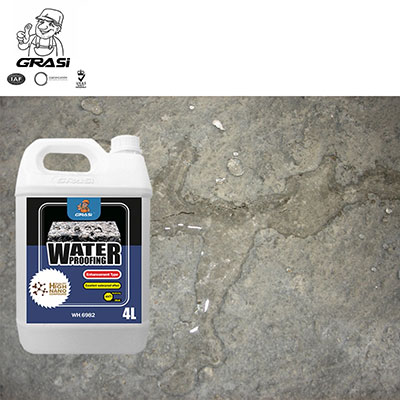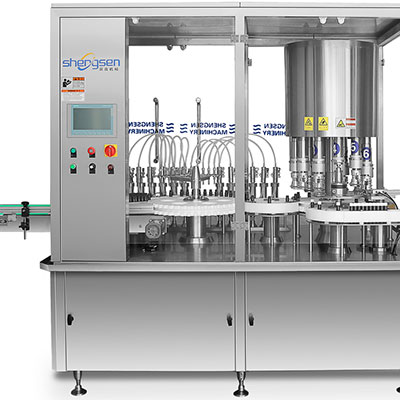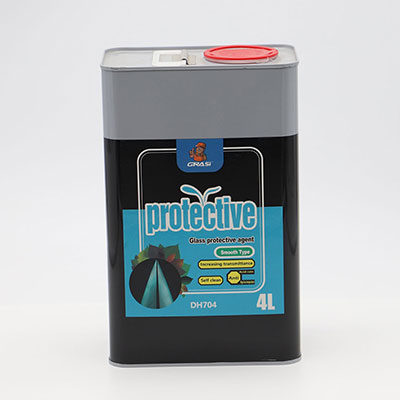Collimator
Characteristics
1. High precision optical coating for the fiber end faces maximally reduces the optical path power penalty caused by Fresnel Reflection, thus reducing the insertion loss of optical fibre splices. This makes sure our collimator keeps a very low insertion loss at operating wavelengths between 1260nm and 1650nm.
2. By utilizing advanced polishing techniques and polishing equipment, we make sure the surface smoothness of optical fiber, deviation from circularity of the optical fiber core, curvature radius of quartz end surfaces, as well as other technical specifications are all up to standard. Therefore, our collimators have improved performance in light collimation, avoiding the generation of spherical wave and enhancing the device's coupling efficiency.
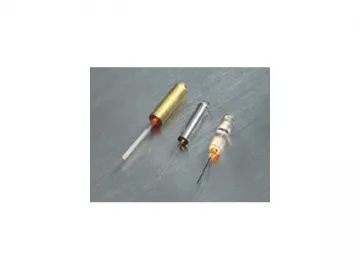
3. The 8° angle polishing for C-lens and optical fibre splice end faces ensures optimal performance in return loss. The polished end surfaces effectively reduce light reflection, as the reflective light is refracted out of the optical path. This avoids the reflective light to return to the optical fiber, and the coupling quality is guaranteed.
4. By making use of capillary action, the C-lens and optical fiber splices are fixed in the glass tubes by pouring adhesive into the tubes. The high precision glass tube ensures highly collimated light. Meanwhile, pouring adhesive along the tube wall makes sure the optical path is glueless, which further improves the operation stability of our collimator devices at different environmental and optical power conditions.
5. The special adhesive pouring technique ensures high sealing performance of the glass tube, providing the product with very high environmental stability. An additional gold-plated metal tube supporting welding can be utilized as an optical fiber device to increase the transverse stress bearing capacity of the product.
6. The product conforms to ANSI, TIA, ISO, and IEC standards in terms of durability, moisture resistance, coupling stress, and optical fiber tensile strength. This makes sure our product is adaptable to various severe environments, such as strong impact or vibration, extreme temperature or humidity, intensive insertion or extraction force, etc. Due to high environmental stability, the product has passed Telcordia environmental testing standards.
7. The product is manufactured in compliance with RoHS standard.
Applications
The fiber optic collimator mainly consists of the fiber optic pigtail and the Grin lens that are precision coupled together. It can convert the light transmitted by optical fibers into collimated light, or couple external collimated light into a single-mode optical fiber. It is frequently used in micro-optics devices, or optical systems with light beam collimation demands.
Technical Specifications
| Operating wavelength (nm) | 1310±50, 1550±50, 1260~ 1620(nm) | |
| Type | Single optical fiber | Dual optical fibers |
| Typical insertion loss (dB) | ≤ 0.20 | ≤ 0.35 |
| Return loss (dB) | ≥ 60 | ≥ 55 |
| Light spot diameter (mm) | <0.5 | |
| Collimation precision (degrees) | ±1.5 | |
| Operating temperature (℃ ) | -5 to 75 | |
| Storage temperature (℃ ) | -40 to 85 | |
| Optical fiber type | Corning SMF-28e | |
| Max. power (mW ) | 500 | |
We have products of following specifications in stock. We welcome worldwide customers to choose.
Outer diameter: 2.8mm
Lens type: C-Lens
Type: Single optical fiber
Fiber type: G657A
Pigtail type: φ 0.25mm
Pigtail length: 2.0m
Operating wavelength: 1260~1620nm
Ordering Information
| External diameter | Lens type | Optical fiber quantity | Optical fiber type | Pigtail type | Pigtail length | Operating wavelength (unit: nm) |
| 1=2.8mm 2=3.2mm X= customer specified | 1=G-Lens 2=C-Lens X= customer specified | 1= Single 2= Double X= customer specified | 1=SMF-28e 2=G657A X= customer specified | 1=φ0.25mm 2=φ0.9mm 3=φ2.0mm 4=φ3.0mm X= customer specified | 1=1.0m 2=1.5m 3=2.0mm X= customer specified | 1=1310±50 2=1550±50 3=1260 ~ 1620 X= customer specified |
Related Names
Fiber Optic Collimator | Wave Beam Collimator | Collimating Device
Links:https://www.globefindpro.com/products/85496.html
-
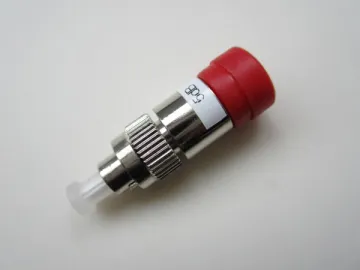 FC Fiber Optic Attenuator
FC Fiber Optic Attenuator
-
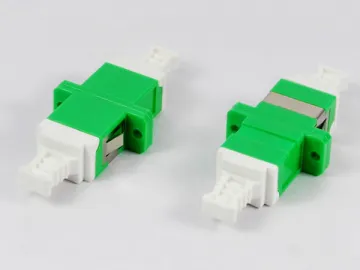 LC Fiber Optic Adaptor
LC Fiber Optic Adaptor
-
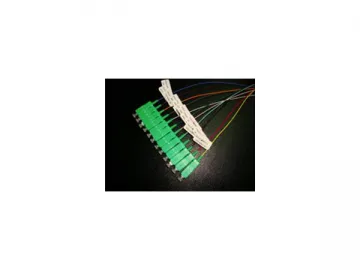 SC Fiber Optic Pigtail
SC Fiber Optic Pigtail
-
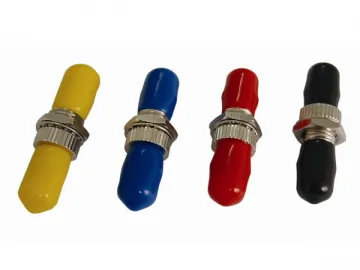 ST Fiber Optic Adaptor
ST Fiber Optic Adaptor
-
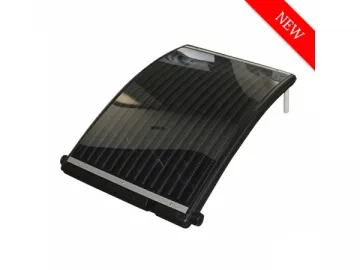 Solar Pool Heater
Solar Pool Heater
-
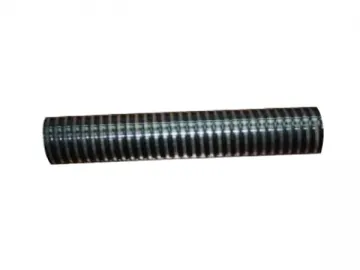 Plastic Hoses
Plastic Hoses
-
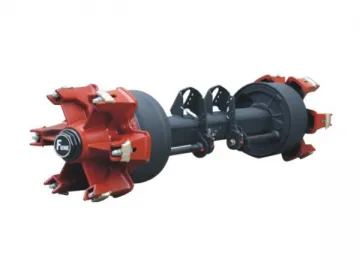 Spoke Hub Axle Series
Spoke Hub Axle Series
-
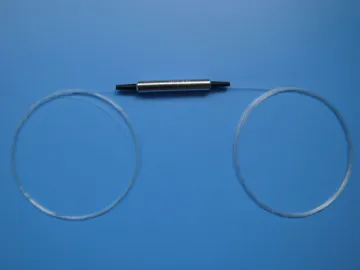 Micro-Optical Wavelength Division Multiplexer, 3 Ports 1310/1550nm MWDM
Micro-Optical Wavelength Division Multiplexer, 3 Ports 1310/1550nm MWDM
-
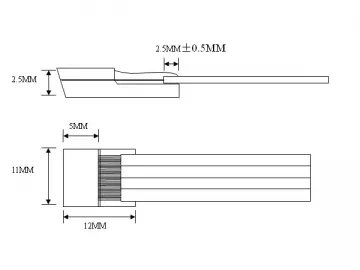 64CH Fiber Array
64CH Fiber Array
-
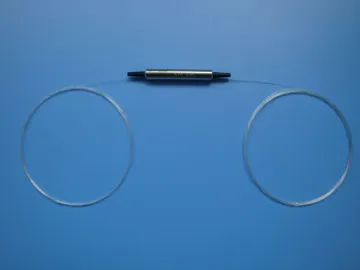 Coarse Wavelength Division Multiplexer, CWDM
Coarse Wavelength Division Multiplexer, CWDM
-
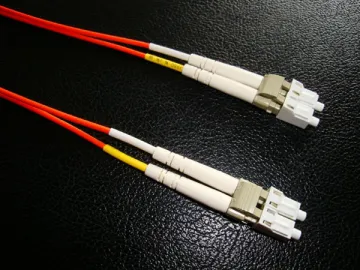 LC Fiber Optic Patch Cord
LC Fiber Optic Patch Cord
-
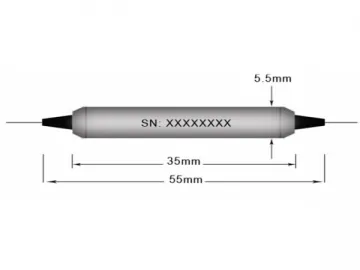 Polarization Independent Optical Isolator
Polarization Independent Optical Isolator

